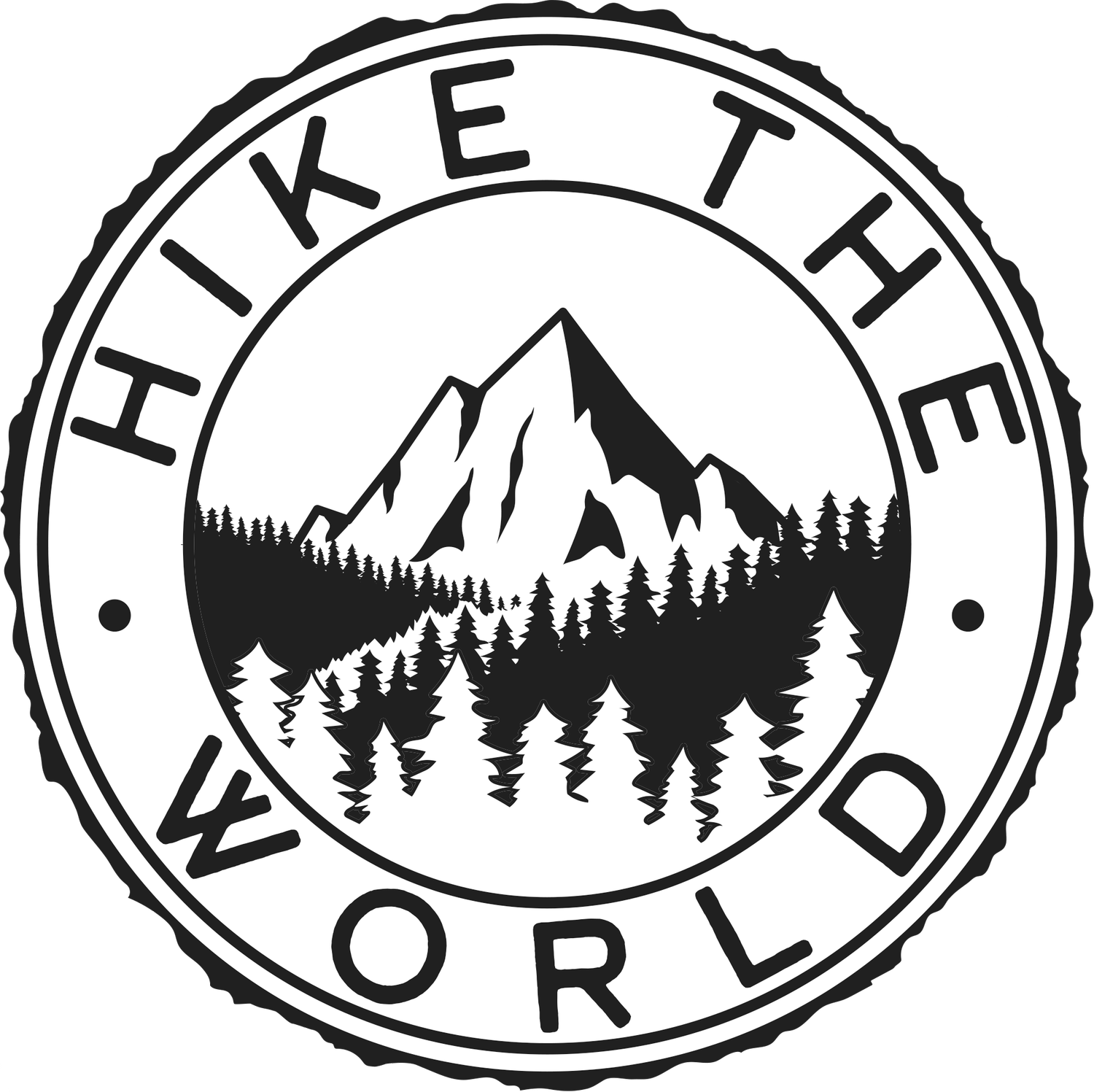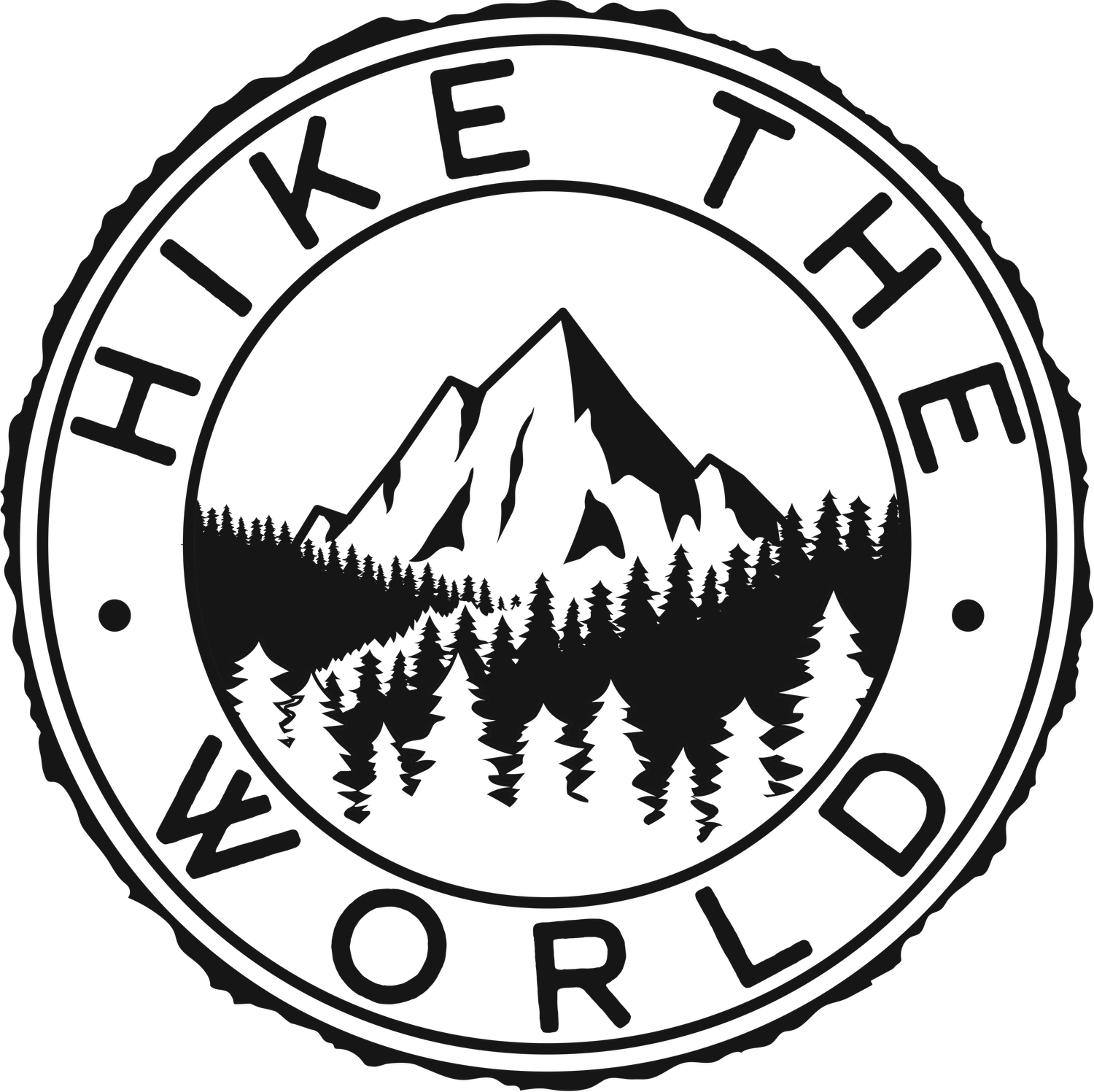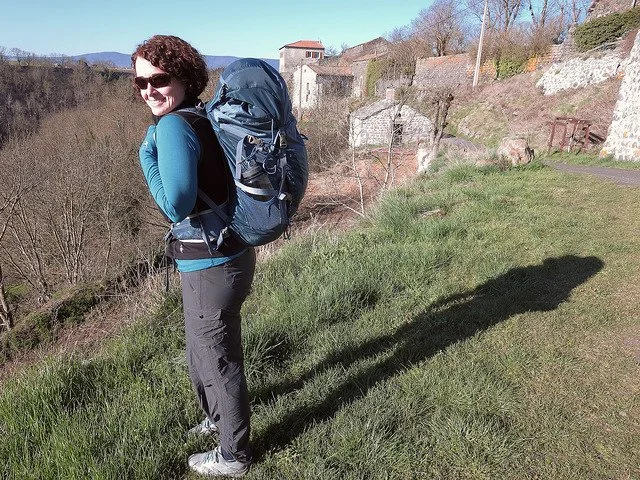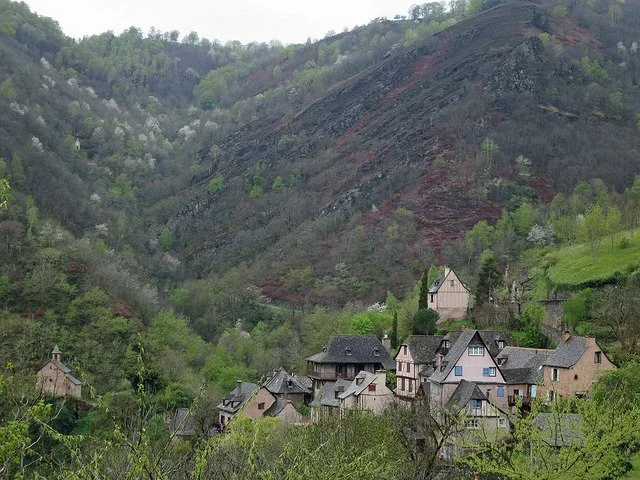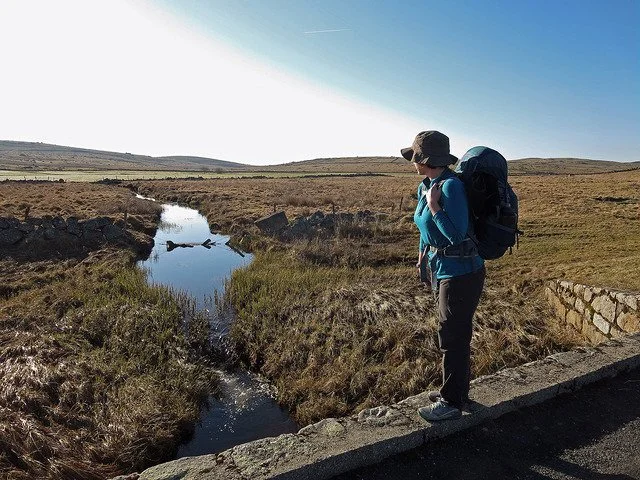I'm Not a Hiker, But I Walked a Thousand Miles by Beth Jusino
In honor of The Outdoor Journal Tour's March Women's Empowerment and Wellness campaign #wehiketoheal, we wanted to share some stories this month about the women hikers who have made an impact on us.
Beth Jusino is an award-winning writer and editor who lives in Seattle, Washington. She’s also a hiker who’s spent more than 100 days on the historic Camino de Santiago trails. Her memoir about walking from Le Puy, France, to Finisterre, Spain, is "Walking to the End of the World: A Thousand Miles on the Camino de Santiago". We first heard about her story through Instagram and reached out to her because her journey perfectly encompasses what it means to be a Hike the World member. Not only was she so gracious with her time but she was kind enough to send us pictures and write something just for the HtW community. Enjoy!
I'm Not a Hiker, But I Walked a Thousand Miles by Beth Jusino
I grew up in New Jersey. South Jersey, to be specific, which is basically a giant sandbar. We used to say the highest elevation in the county was the landfill. (I have no idea if that’s really true.) I was never an outdoorsy person or a sporty person. I never went camping, I complained when my parents dragged me on three-mile trails on vacation (there were hills!), and when our fourth-grade class hiked up Mount Tammany, I thought I would die.
I grew up and launched an editing and writing career that I love, which involves sitting in front of a computer all day. My happiest place is on my couch with my cat and a book. But I married a guy who loves the outdoors, so I tried to stretch my boundaries a little with him—weekend car camping trips and vacations near parks or beaches where we could walk on trails for a few miles.
I always called it walking, never hiking. I didn’t think I was the kind of person who could hike or, heaven forbid, backpack. But anyone could walk.
In about 2013, I first heard about the Camino de Santiago, the network of thousand-year-old pilgrimage trails that cross Europe, drawing people from around the world toward a somewhat obscure city in northern Spain. Something caught my attention—these were long trails, sure. But unlike a lot of American thru-hiking that dove into nature and stayed there, leaving a person stranded without plumbing or espresso, Europe’s trails balanced nature and culture. Yes, there was plenty of pastoral countryside and remote wilderness, but there were also towns every few miles and even a couple of cities. I could stay in hostels and guesthouses every night with real beds and showers and eat at bars with Spanish wine and fresh tapas.
I convinced myself that this was still walking, only on an extreme scale. And I was in need of something extreme.
People start hiking for all kinds of reasons. They’re processing through a loss or celebrating a recovery, searching for answers or working toward better health. For me, I was fighting burnout. Almost twenty years of postmodern adulting had burned me to a crisp. I was in the midstream of my career, with twenty years behind me and at least twenty years still to come. I had four email accounts, a calendar with a rainbow of color-coded events and deadlines, and an addiction to my phone. I couldn’t get from my apartment to my car without checking social media. What if I missed something?
What I was missing was an experience that felt real. Because at the end of the day or month or year, nothing I was doing stuck. Nothing mattered. I was spinning my wheels.
Which brings me back to the Camino: walking a thousand miles on a thousand-year-old trail immediately connected with me as something very real. I could trace it on a globe. Doing this would be my chance to stretch myself physically and mentally, and to become part of a story much bigger than my regular routine.
My husband, outdoorsy as he is, wasn’t hard to convince to come along. Then it took us two years to make it happen—arranging for a three-month sabbatical requires some advance planning. In April of 2015, we flew to Europe (Eric for the first time ever), took a train to France, and started walking west. Our goal: the Atlantic Ocean, 1,052 miles away.
It quickly became apparent that this was more than just my normal walk through a Seattle city park. I was carrying a 22-pound pack across hilly, rocky countryside. My tender feet—untested and untrained—ached at the end of every day. There might be croissants and café au laits along the way, and the scenery was stunningly beautiful, but this was a hike, and a long one, at that.
For the first time, I got scared. I couldn’t do this! I couldn’t walk a THOUSAND miles. What was I thinking? I wasn’t a hiking person!
I think if I’d been closer to home, I would have quit that first week, and given up on three years of planning and three months of sabbatical. My mental block was that big. But the thing about being on the other side of the world, in a country where you don’t speak the language, on a high plateau surrounded by nothing but rocks and wild horses, is that it’s harder to quit than to keep going. And so even when I doubted myself, I kept putting one foot in front of the other.
The secret, I realized, was to not think about the whole trip. If I thought about walking 12-15 miles a day, every day, for 10 or 11 weeks, my mind melted. But if I only thought about the next couple of hours, I could push forward. And if a couple of hours was too much, I only needed to walk twenty more steps up this hill in front of me before I took a rest break. (Twenty steps, by the way, because that’s as high as I could count in French and I was practicing my vocabulary.)
Being outside 14 hours a day, moving slowly but steadily forward, and breaking life down to its simplest pieces became like a meditation for me, the perfect antidote to the over-stimulated burnout I’d been feeling. While I’m not a particularly spiritual person, walking day after day, outdoors in all kinds of weather, led to an inner sense of calm that I’d never found before. Every now and then, I got out of my own head and felt entirely present for a minute or two.
My feet got stronger, and the physical challenge became part of the routine. I crossed a country, then a mountain range, then another country. Walking, by then, was natural. And then, it was over. I walked into the ocean on the coast of Cape Finisterre, Spain. I couldn’t walk west anymore.
So what does all of this mean for you, gathering together to explore nature on foot?
Well, here are a few lessons I learned that might transfer:
1: Don’t overthink it. Don’t talk yourself out of trying something just because it seems too extreme. Don’t label yourself as someone who could never do “something like that.” That includes both long thru-hikes and challenging day hikes. You can walk a lot farther than you think you can. Don’t look at the total distance or elevation if that’s going to intimidate you; just look at the next step. Count them in French, if it helps.
2: Turn off your phone, put down your camera sometimes, and just be present. The wonder of hiking (or walking, or backpacking, or whatever you call it) is that it slows you down to a human pace. You have time to take in what’s around you. Notice the small changes in the trees or the dirt under your feet. Walk along a farm field and make eye contact with the cows. Sit on a bench in the middle of town and enjoy a snack while you watch the people.
3: Get outside whenever and however you can. Since I’ve been back from that long Camino walk, I’ve made it a priority to keep walking. (I still find it weird to call it hiking, but I suppose that I’m doing some of that, too.) It’s not always a stunning European trail, but I’ll walk two miles to my office instead of catching the bus, or walk the ten minutes to the grocery store instead of driving. I try to get out of the city and go for a longer trek in the mountains near Seattle a couple of times a month, just so I can breathe in the smell of trees and focus my eyes on a piece of nature for a bit. Every little walk counts.
4: Don’t compare yourself to anyone. Everyone has their own story. I was the slowest one up almost every hill and mountain, but I made it. My bag was not the lightest (or the heaviest). I walked farther than some, and not as far as others. But my walk is my own, and your walk—however long, however tall, and wherever it happens—is your own. Own your accomplishment. Wave your flag. Keep walking.
-----------------------------------------------
Thank you, Beth, for your wonderful article. If you would like to learn more about Beth, you can follow her on Instagram and Twitter or read more about her time on the El Camino through her blog. We'll be giving away a copy of her book on our #wehiketoheal hike on March 30th but if you just can't wait, you can also buy the book directly from Mountaineers Books and use the code WALKING to get 20% off.
